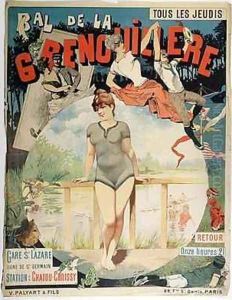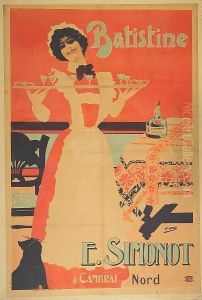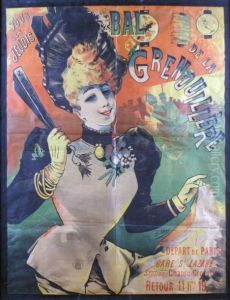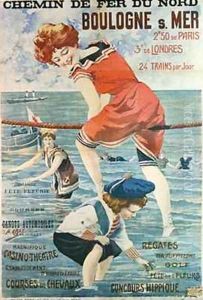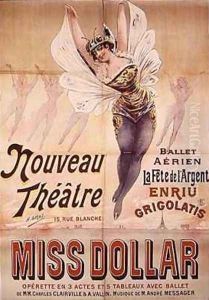Henri (Boulanger) Gray Paintings
Henri Gray, born as Henri Boulanger in 1858, was a notable French artist and lithographer whose contributions to the art world spanned the late 19th and early 20th centuries. While not as widely recognized as some of his contemporaries, Gray's work in poster art and illustration marks a significant period in the development of graphic design and advertising. His career reflects the broader shifts in French art from the detailed realism of the earlier part of the 19th century towards more stylized and graphic approaches that characterized the Belle Époque and the advent of Art Nouveau.
Gray's early life and education in art set the stage for his later work. Trained in the fine arts, he initially engaged with traditional painting and drawing. However, his interest quickly pivoted towards the burgeoning field of lithography, a medium that was gaining popularity for its ability to produce vivid, detailed posters and prints. This was a time when the art of the poster was being revolutionized in France, notably by artists like Jules Chéret and later, Henri de Toulouse-Lautrec. Gray's transition into lithography coincided with this golden age of poster art, allowing him to carve out a niche for himself.
Throughout his career, Henri Gray became well-known for his vibrant posters that often advertised products, entertainment, and events. His style was characterized by bold colors, dynamic compositions, and a keen sense of typography, which made his work stand out. He was adept at capturing the viewer's attention, a skill that made his posters highly effective as advertising tools. Gray's contributions to the field were part of a larger movement that elevated commercial art and design to new levels of artistic excellence.
Despite his success, Henri Gray's work has been somewhat overshadowed by his more famous peers. Yet, his contributions to the art of lithography and poster design remain important. He was part of the wave of artists who pushed the boundaries of graphic design, demonstrating that commercial work could also be considered fine art. Henri Gray passed away in 1924, leaving behind a legacy that, while perhaps not as well-known as that of some of his contemporaries, significantly contributed to the evolution of visual advertising and the graphic arts.



